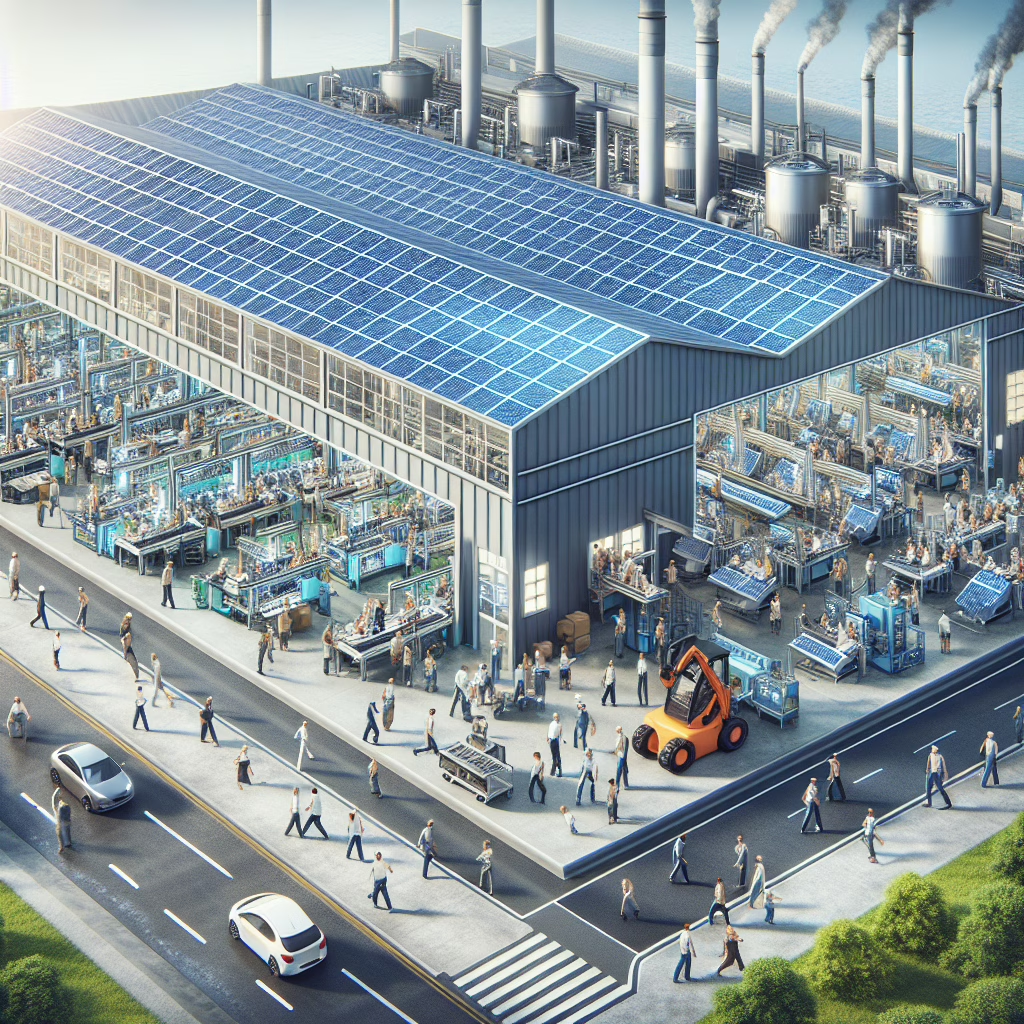As we sail through the ever-evolving business landscape of 2025, one term is emerging from the fog of corporate buzzwords: reindustrialization. Companies are not just dipping their toes into this trend; they’re diving headfirst into a pool of potential investment and innovation. But what exactly does this mean for businesses, and how can they swim rather than sink?
The Bright Side of Reindustrialization
Reindustrialization, in simple terms, refers to the process of revitalizing manufacturing sectors and boosting local economies. Businesses are looking at this as an opportunity to create jobs, innovate processes, and reduce reliance on overseas production. It’s like finding a treasure map where the ‘X’ marks the spot right in your backyard!
Imagine a world where products are made closer to home, reducing shipping costs and carbon footprints while simultaneously supporting local economies. Sounds like a win-win, right? Let’s explore how this wave of reindustrialization is becoming the golden goose for companies everywhere.
Why Businesses are Investing in Reindustrialization
First off, let’s talk about resilience. The global supply chain disruptions of recent years have left many businesses feeling like they’re juggling flaming torches while riding a unicycle. Reindustrialization offers a way to regain control over production processes, ensuring that companies can respond swiftly to market changes without needing to rely on distant factories.
Moreover, technological advancements play a significant role in this shift. Thanks to automation and smart manufacturing technologies, businesses can now produce high-quality goods with fewer resources. This is akin to having your cake and eating it too—efficient production without sacrificing quality!
Investing in reindustrialization also opens the door for innovation. When companies bring manufacturing back home, they create environments ripe for collaboration between engineers, designers, and marketers. This collaboration fosters creativity that can lead to groundbreaking products and solutions that might just change the world.
The Role of Sustainability in Reindustrialization
Sustainability isn’t just a buzzword; it’s become a core principle driving reindustrialization efforts. Consumers today are more environmentally conscious than ever before. They want to buy products that not only meet their needs but also align with their values.
Businesses are responding by adopting sustainable practices within their reindustrialization strategies. From using renewable energy sources to incorporating eco-friendly materials, companies are proving that profit doesn’t have to come at the expense of the planet. In fact, embracing sustainability can often lead to significant cost savings—talk about killing two birds with one stone!
Challenges on the Horizon
Of course, no golden egg comes without its fair share of challenges. Reindustrialization requires significant investment upfront—think of it as planting seeds for a future harvest. Businesses must be prepared for the long haul, as ROI may take time to materialize.
Additionally, there’s the matter of workforce training. As companies adopt new technologies and processes, they must ensure their workforce is equipped with the necessary skills to thrive in this new industrial age. It’s not just about hiring fresh talent but also upskilling current employees—a crucial step towards ensuring everyone is on board for the ride!
Looking Ahead: The Future of Business Investments
The outlook for reindustrialization is promising but requires careful navigation through its intricacies. As businesses embrace this trend, they will likely find that reinvesting in domestic manufacturing can yield benefits far beyond financial returns.
The shift towards reindustrialization represents an opportunity for companies not just to survive but to thrive amid changing economic conditions. It’s like finding a cheat code in a video game—one that leads to higher scores and unlocks new levels of success!
As companies focus on business investment, they should also consider the broader trends that could shape their strategies. From leveraging AI technologies to optimizing supply chain logistics, the potential for growth is vast.
So what’s next? As we move further into 2025 and beyond, businesses must keep their eyes peeled for trends within reindustrialization that align with their goals and values. Embracing innovation and sustainability will undoubtedly pave the way for a brighter future.
Have thoughts about how reindustrialization is shaping your business or industry? We’d love to hear from you! Share your insights in the comments below.
A big thank you to TechRadar for inspiring this exploration into reindustrialization!

